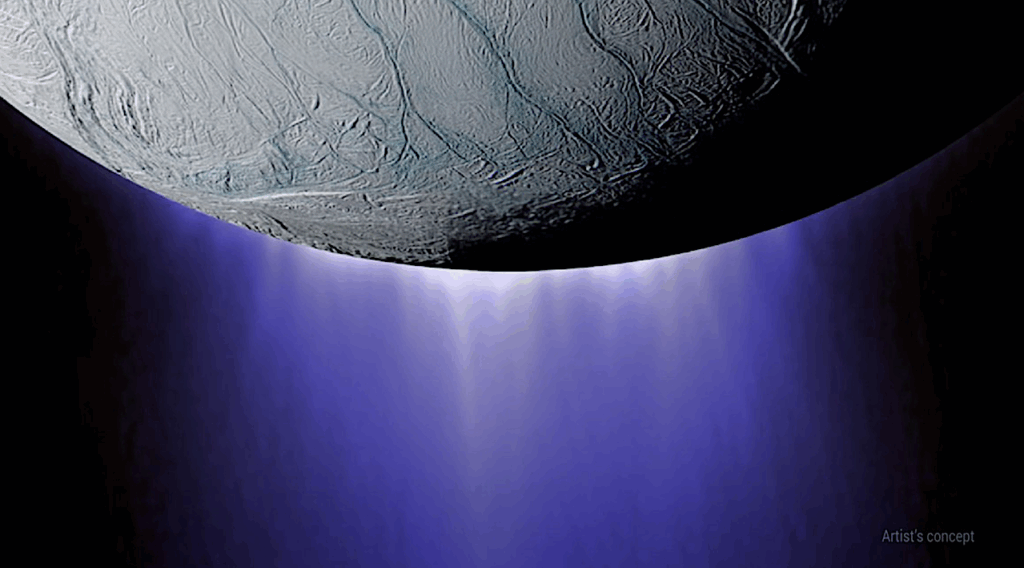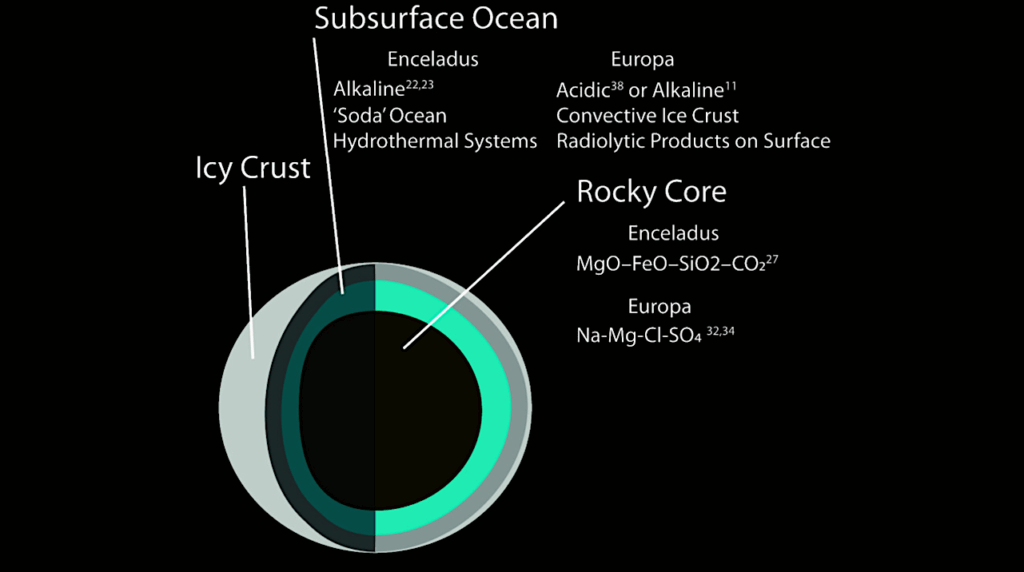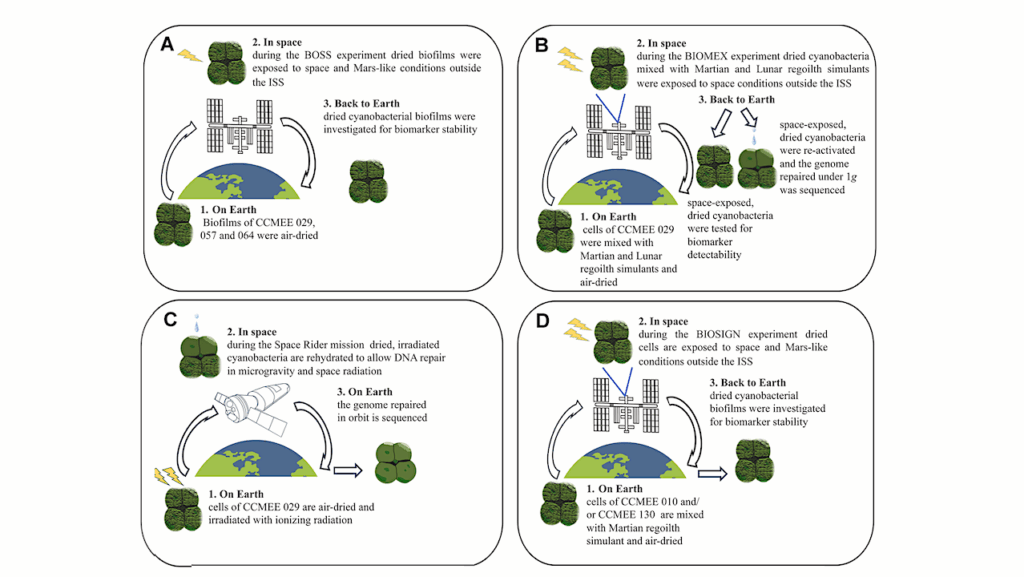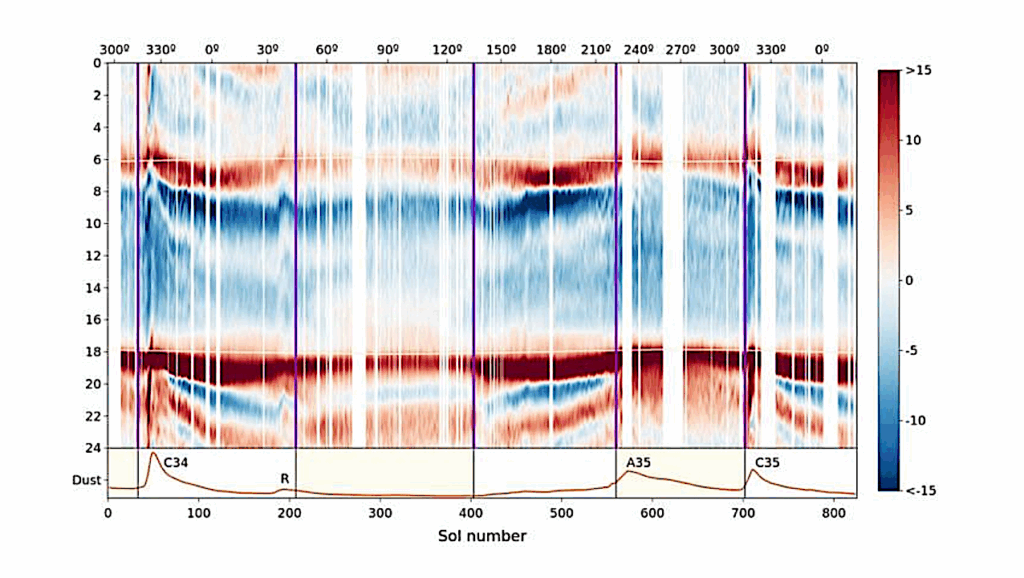Inclination Damping On Callisto
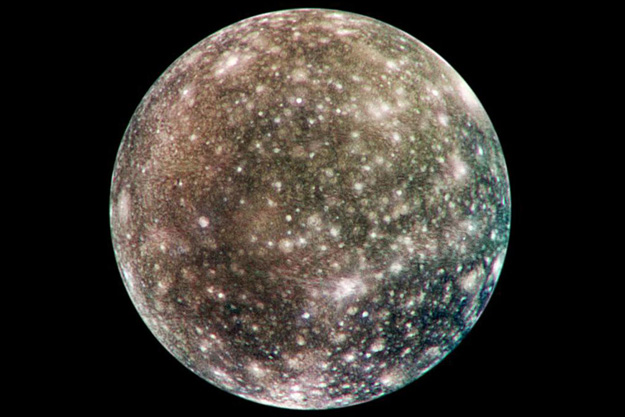
Callisto is thought to possess a subsurface ocean, which will dissipate energy due to obliquity tides. This dissipation should have damped any primordial inclination within 1 Gyr – and yet Callisto retains a present-day inclination.
We argue that Callisto’s inclination and eccentricity were both excited in the relatively recent past (~0.3 Gyr). This excitation occurred as Callisto migrated outwards according to the “resonance-locking” model and passed through a 2:1 mean-motion resonance with Ganymede.
Ganymede’s orbital elements were likewise excited by the same event. To explain the present-day orbital elements we deduce a solid-body tidal k2/Q~0.05 for Callisto and a significantly lower value for Ganymede.
Brynna G. Downey, Francis Nimmo, Isamu Matsuyama
Comments: 12 pages, 9 figures, accepted in MNRAS
Subjects: Earth and Planetary Astrophysics (astro-ph.EP)
Cite as: arXiv:2009.05002 [astro-ph.EP] (or arXiv:2009.05002v1 [astro-ph.EP] for this version)
Submission history
From: Brynna Downey
[v1] Thu, 10 Sep 2020 17:11:07 UTC (691 KB)
https://arxiv.org/abs/2009.05002
Astrobiology



